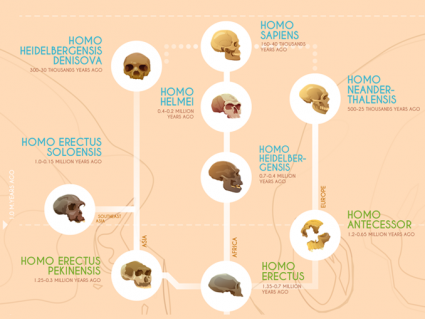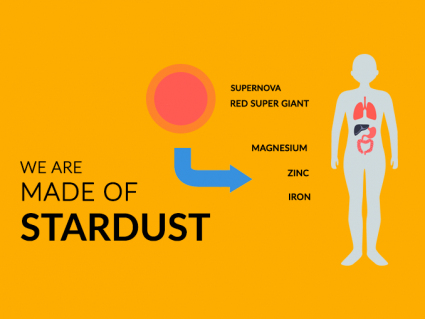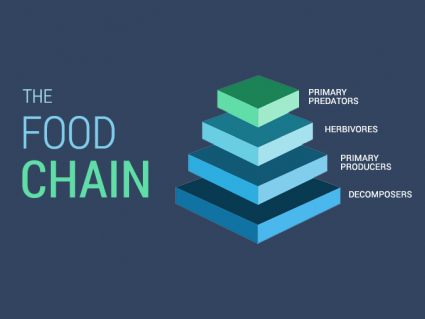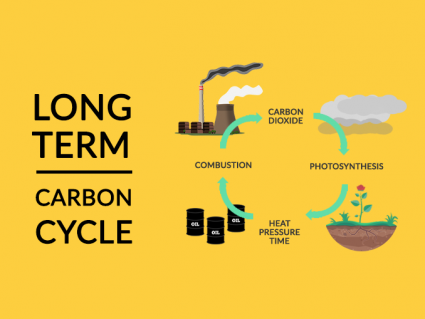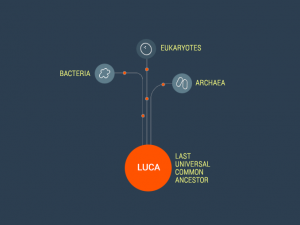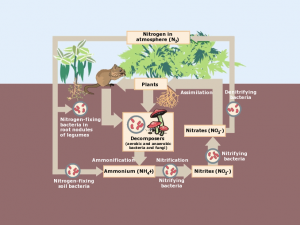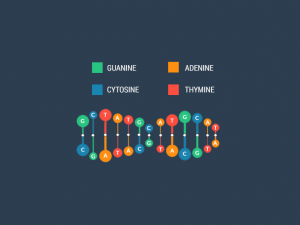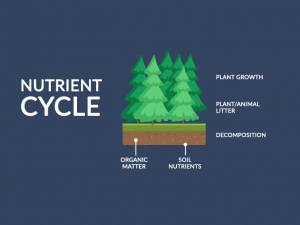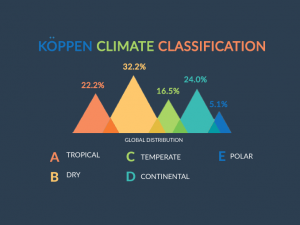Eukaryotic Cells vs Prokaryotic Cells

What’s the Difference Between Eukaryotic and Prokaryotic Cells?
Imagine cells as tiny living units. Eukaryotic cells are like “complex apartments“. They have separate rooms (organelles) enclosed by walls (membranes).
Prokaryotic cells, on the other hand, are like “open-plan studios“. They lack internal compartments or organelles. This is similar to how open-plan studios lack distinct rooms.
Remember this analogy as we discuss the differences between eukaryotic and prokaryotic cells.
What are Prokaryotic Cells?
Prokaryotic cells are basic cellular structures. Examples include bacteria and archaea. They lack a true nucleus and membrane-bound organelles.
Unlike eukaryotic cells, their design is simple. They consist of a cell membrane, cytoplasm, and genetic material (DNA) floating freely in the cell.
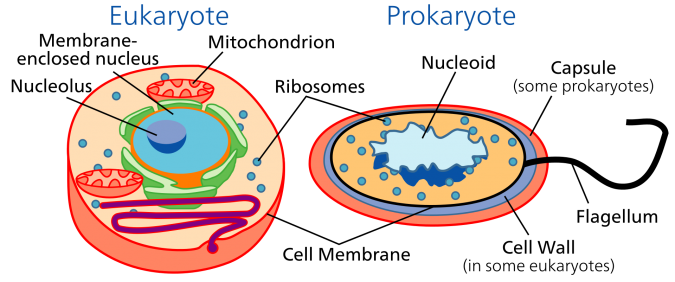
Like a nucleus, the absence of internal compartments distinguishes them from eukaryotic cells. This makes prokaryotes the simpler, more primitive form of cellular life.
By about 10 to 1, colonies of bacteria outnumber human cells. This means that your body is filled with prokaryotic cells.
What are Eukaryotic Cells?
Eukaryotic cells are found in plants, animals, fungi, and protists. They are more complex compared to prokaryotic cells and over 100 times larger in size.
Eukaryotic cells have a defined nucleus that houses genetic material (DNA). The cell membrane surrounds the cell and this is what provides structure.
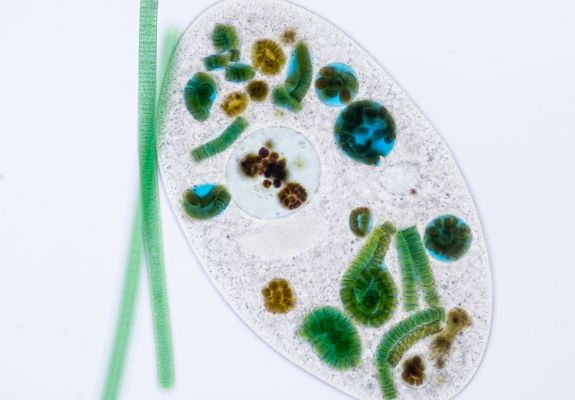
What sets these cells apart is that they contain membrane-bound organelles. For example, this includes mitochondria, endoplasmic reticulum, and Golgi apparatus. Each has specific functions.
The compartmentalization within these cells allows for different processes to coincide. This enables more advanced functions compared to the simpler prokaryotic cells.
Differences Between Eukaryotic and Prokaryotic Cells
Here is a table that highlights some of the differences between prokaryotic cells and eukaryotic cells.
| Characteristic | Eukaryotic Cells | Prokaryotic Cells |
|---|---|---|
| Nucleus | Present, well-defined nucleus | Absent or undefined nucleus |
| Membrane-bound organelles | Present (e.g., mitochondria, endoplasmic reticulum) | Generally absent or simple organelles (e.g., ribosomes) |
| Size | Generally larger (10-100 micrometers) | Generally smaller (1-5 micrometers) |
| Examples | Plants, animals, fungi | Bacteria, archaea |
| Cell Division | Mitosis and meiosis | Binary fission |
| Cytoskeleton | Present | Generally absent or simple |
| Cell Wall | Present in some cells (e.g., plant cells, fungi) | Present in many cells (e.g., bacteria, archaea) |
| Mitochondria | Present | Generally absent (some exceptions in certain bacteria) |
| Endoplasmic Reticulum | Present (rough and smooth types) | Absent |
| Golgi Apparatus | Present | Absent |
| Lysosomes | Present in animal cells | Absent or rare |
| Nuclear Envelope | Present | Absent (nucleoid region instead) |
Which Organelle Are Part of Eukaryotic Cells?
A membrane-bound organelle is a specialized, compartmentalized structure within a cell. It’s completely surrounded by a membrane. These organelles perform specific functions. For example, they help maintain the integrity and functionality of the cell.
Here is a list of several membrane-bound organelles in eukaryotic cells:
1. NUCLEUS – The central membrane-bound organelle contains the cell’s genetic material (DNA).
2. CHLOROPLASTS – Found in plant cells, these organelles are involved in photosynthesis. Chloroplasts also contain a green pigment called chlorophyll.
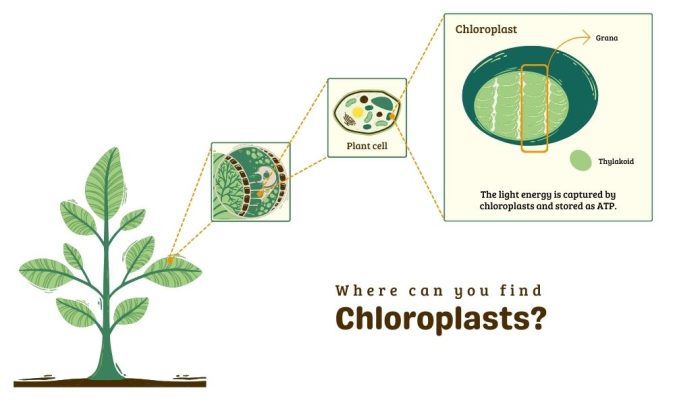
3. ENDOPLASMIC RETICULUM (ER) – A network of membranes involved in the synthesis and transport of proteins and lipids.
4. GOLGI APPARATUS – A stack of membranes that modifies, sorts, and packages proteins for secretion or transport within the cell.
5. MITOCHONDRIA – These double-membraned organelles are responsible for energy production through cellular respiration.
6. LYSOSOMES – Membrane-bound vesicles containing enzymes that break down cellular waste and foreign material.
7. PEROXISOMES – Small membrane-bound organelles are involved in various metabolic processes, including detoxification.
The History of Prokaryotes and Eukaryotes
Cyanobacteria are the earliest forms of life on Earth. While cyanobacteria (prokaryotes) existed around 3.8 million years ago, eukaryotes evolved around 2.7 billion years ago.
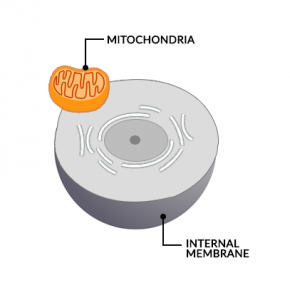
Endosymbiosis is the origin of complex life on Earth. It’s the idea that prokaryotic cells become eukaryotic from a symbiotic encounter. It starts with a mitochondrion latching onto a prokaryote.
The mitochondrion leverages the nutrient-rich surroundings of the prokaryote. In return, the prokaryote energizes the mitochondria during its residence.
As both symbiotically gain from the encounter, they asexually multiply and evolve in this configuration. Mitochondria once lived free but are now part of complex cells through endosymbiosis.
Where Did Prokaryotes Originate?
Prokaryotes are believed to have originated around 3.8 billion years ago in Earth’s early oceans. They were in the form of cyanobacteria (and played an important role in the Great Oxygenation Event). However, cyanobacteria may have evolved from even earlier prokaryotic organisms.
The “primordial soup” hypothesis suggests that life originated in a nutrient-rich, organic-rich liquid environment. This concept proposes that the basic building blocks of life formed in this soup-like mixture of Earth’s first oceans.
The exact origin of prokaryotic cells, such as bacteria and archaea, is not known. But the “primordial soup” had all the right ingredients for life… And perhaps on other Earth-like planets too! This could include the spontaneous formation of prokaryotic cells.



